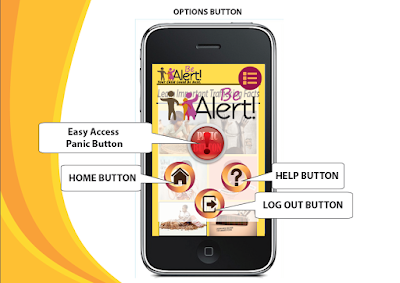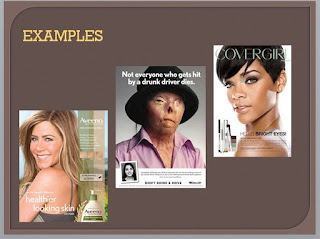Trafficking of children is a form of human trafficking and is defined as the "recruitment, transportation, transfer, harboring, and/or receipt" of a child for the purpose of exploitation. This definition is substantially wider than the same document's definition of "trafficking in persons"
Though statistics regarding the magnitude of child trafficking are difficult to obtain, the International. Labour Organization estimates that 1.2 million children are trafficked each year. The trafficking of children has been internationally recognized as a major human rights violation, one that exists in every region of the world. Yet, it is only within the past decade that the prevalence and ramifications of this practice have risen to international prominence, due to a dramatic increase in research and public action. A variety of potential solutions have accordingly been suggested and implemented, which can be categorized as four types of action: broad protection, prevention, law enforcement, and victim assistance.
The major international documents dealing with the trafficking of children are the 1989 U.N. Convention on the Rights of the Child, the 1999 I.L.O. Worst Forms of Child Labour Convention and the 2000 U.N. Protocol to Prevent, Suppress and Punish Trafficking in Persons, especially Women and Children.
TYPES OF CHILD TRAFICKKING
- Forced Labour
- Sexual Exploitation
- Children in Armed Forces
- Children in Drug Trade
- Child Begging
- Child Exchange
- Sales motivated by cash
PROBLEM STATEMENT
There is an estimated 27 million slaves in the world today. That's the highest recorded number of slaves in history.
- How do we prevent or reduce significantly child trafickking in modern day society?
- How do we instill urgency to abolish child trafficking in modern day society?
AIM
To create an art installation that would alert and educate society about the gruesome, unfair world of child trafficking.
OBJECTIVE
- To warn parents about the horrible facts of child trafficking so that they will be more protective about their children.
- To make society more vigilant about child trafficking so they may report possible traffickers.
- To inform society about the seriousness of child trafficking so they may do their part in the process of abolishing child trafficking.
- To stop the ignorance
PROCESS
The first thing I did was create a logo to represent my campaign. I chose ALERT as my logo because that is my core reason of this campaign. To alert parents of evil child trafficker, to alert children of the dangers they may face in public places, to alert society that trafficking is a growing crime.
Second step that I took is doing the tracing of the silhouette shapes of children. I did 8 different silhouettes of children in varying positions.
Thirdly, I found out the general height of kids between the age of 5 until the age of 12. After assigning certain heights for the cut-outs, I printed them on synthetic paper which is then paste on form boards. The next part was difficult because I had to cut out the silhouettes in the most neat way possible. After successfully completing this task, I moved on to displaying them. I used fishing line to hang my silhouette images to the ceiling of my display area. I scattered them accordingly.
For addition, I made promotional item which are Alert! bracelets and an Alert! mobile application so that my campaign is more effective.
TARGET MARKET
Adults (parent and non-parent)
So they know after seeing this display that protecting children whether yours or not is vital.
So if they have lost their child, the app I have created can help inform the public and the public can keep an eye out on the lost child.
RESEARCH
While recent research has yielded information on the nature of child trafficking, little is known about its magnitude. The International Labor Organization’s 2002 estimation of 1.2 million children being trafficked each year.
UNICEF works with development partners, governments and non-governmental organizations on all aspects of anti-trafficking responses – prevention, protection and prosecution – and supports evidence-based research to strengthen interventions.
To reduce vulnerabilities that make children susceptible to trafficking, UNICEF assists governments in strengthening laws, policies and services including legislative review and reforms, establishing minimum labour standards, and supporting access to education. UNICEF also works with communities to change norms and practices that exacerbate children’s vulnerabilities to trafficking.
Protecting trafficked children requires timely victim identification, placing them in safe environment, providing them with social services, health care, psychosocial support, and reintegration with family and community, if it is proven to be in their best interest. UNICEF assists by supporting training of professionals working with children including social workers, health workers, police and border officials to effectively deal with trafficking. Additionally, UNICEF supports governments in setting standards in dealing with child trafficking such as developing and training responsible personnel on child friendly interviewing techniques.
The Scarlet Cord is an award-winning art exhibit aimed at raising awareness of child sex trafficking. The unique art exhibit is housed in a 40-foot storage container that includes thirty weathered doors with portraits bound by a twisted scarlet cord. Arist Pamela Alderman’s motivation for creating The Scarlet Cord installation and video was to inspire healing for sex-trafficked children
According to
Atlanta Magazine, the city of Atlanta has been dubbed the “Sex City”, the
capital of sexual exploitation in the United States.
The primary
focus of The Atlanta Human Trafficking Project is to bring awareness through
education to the public about human sex trafficking.
































































